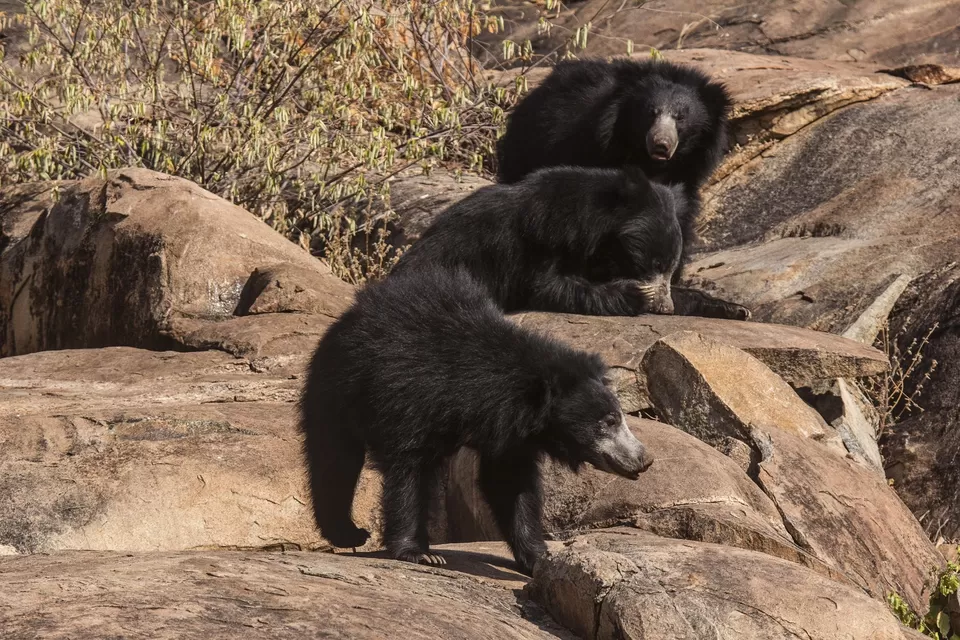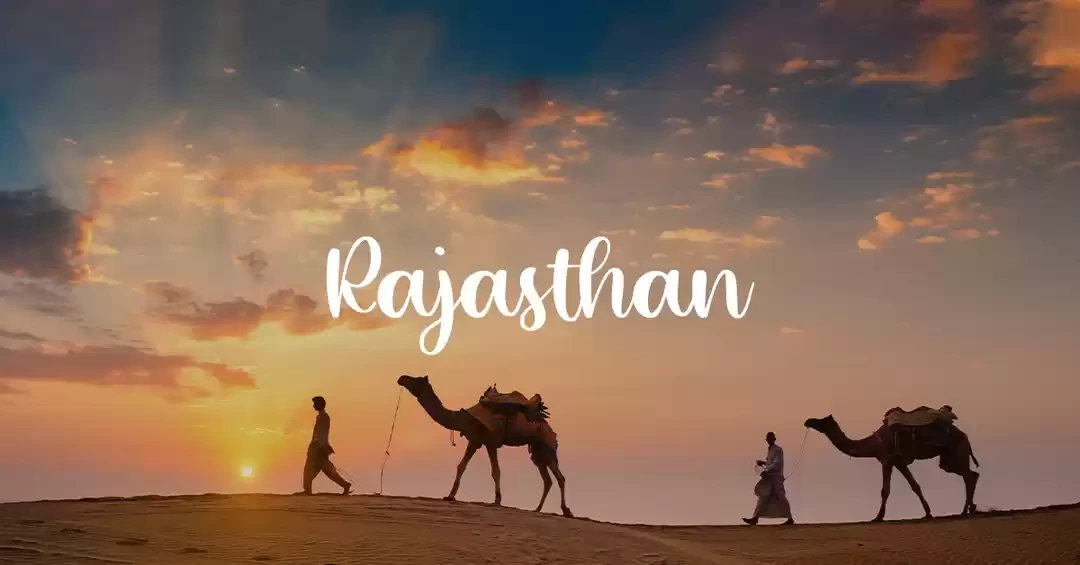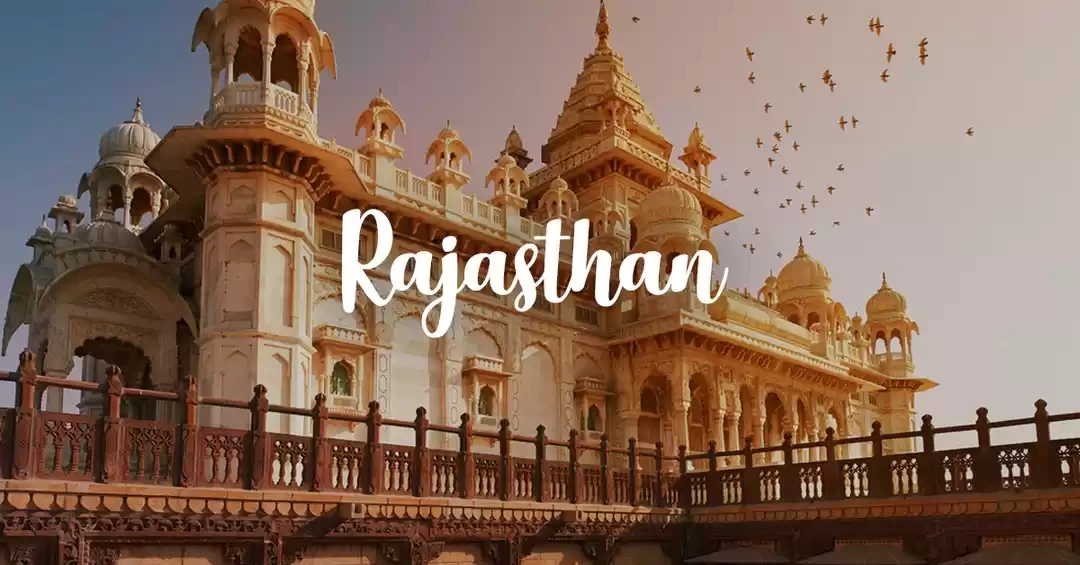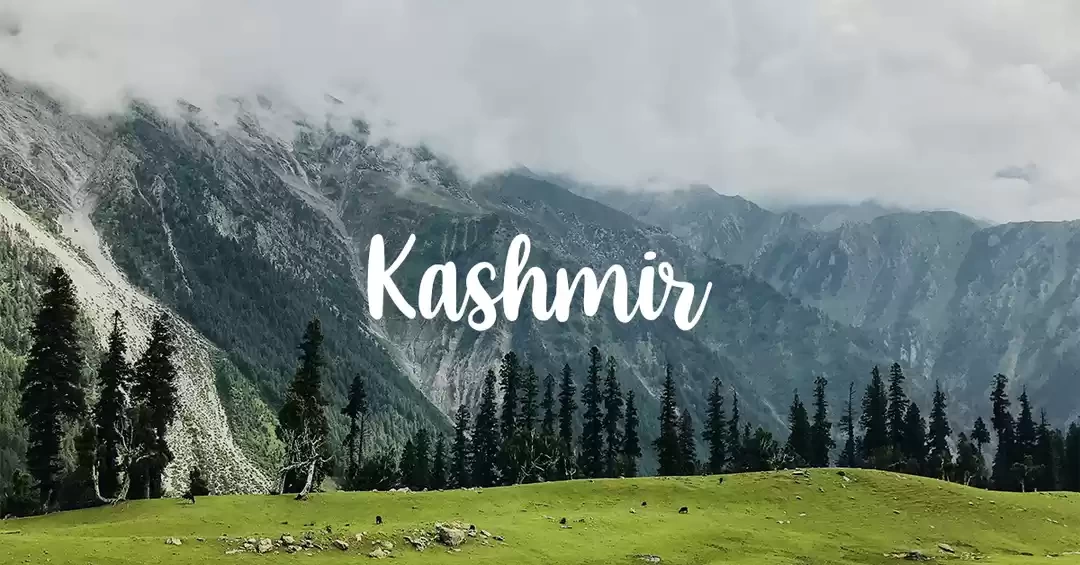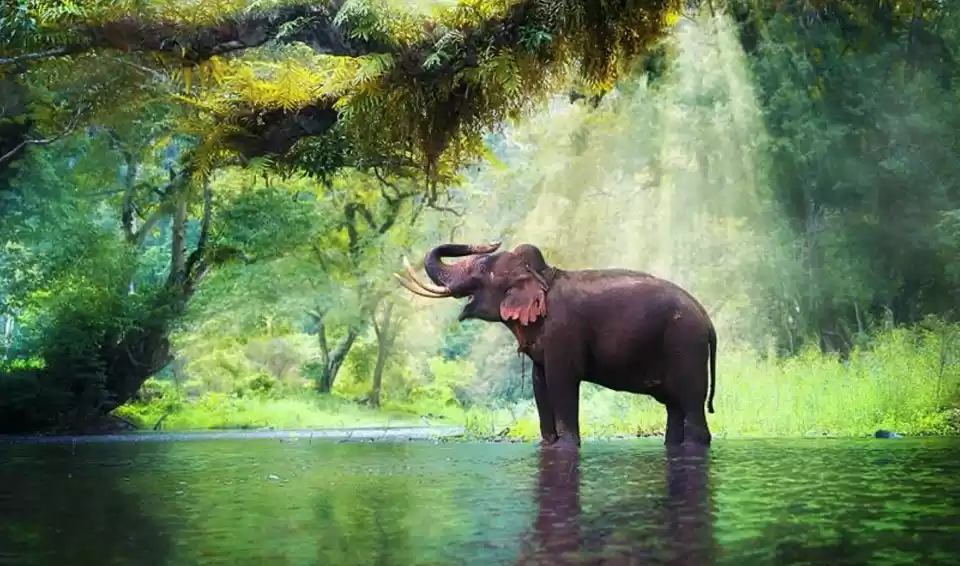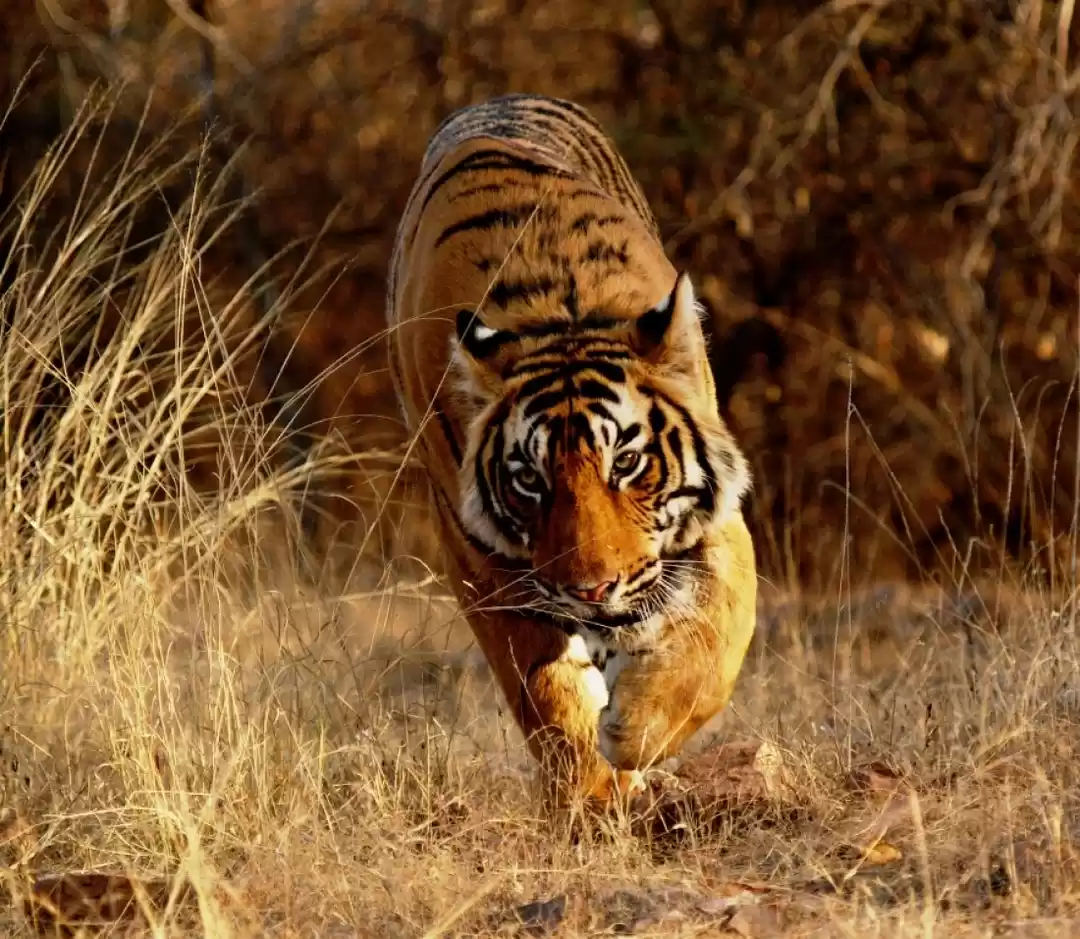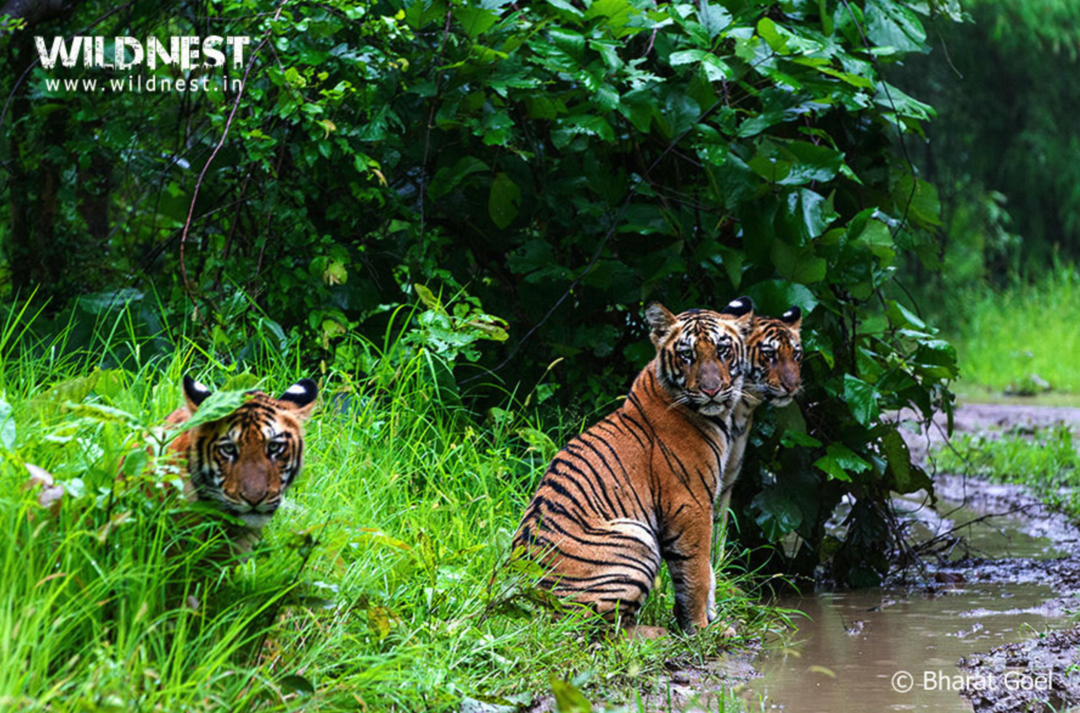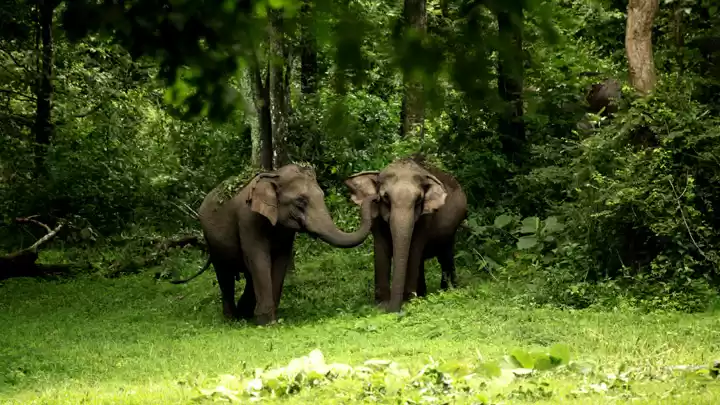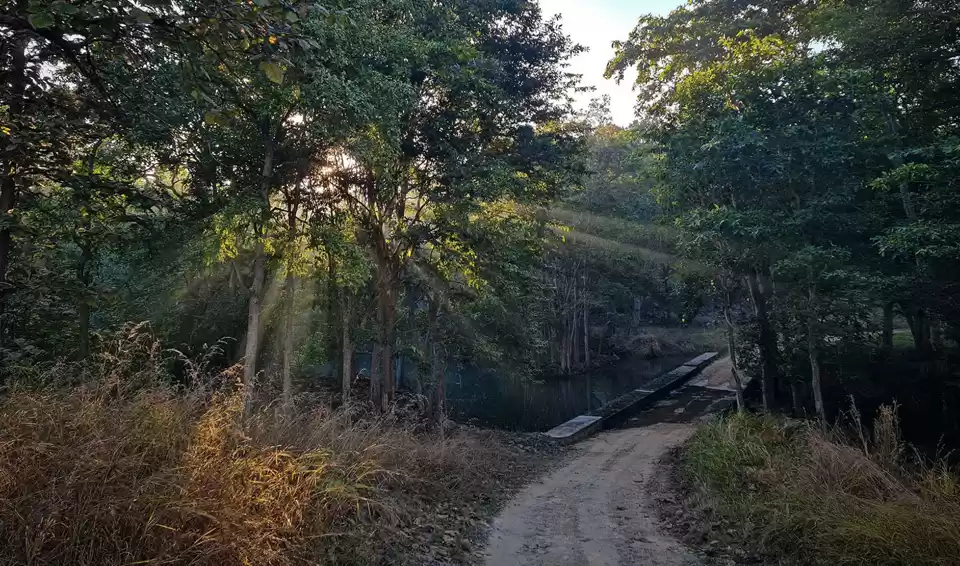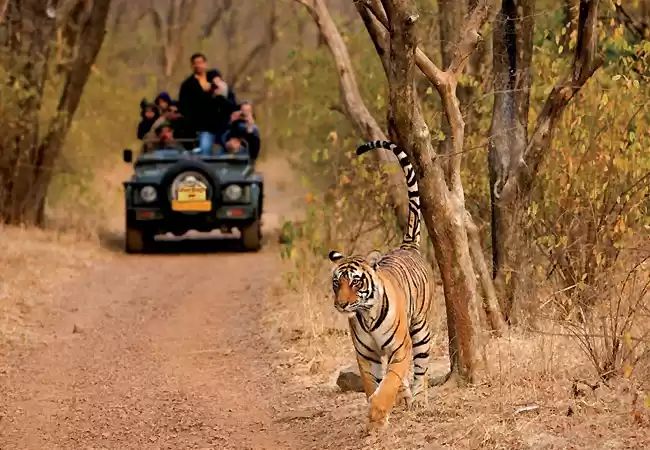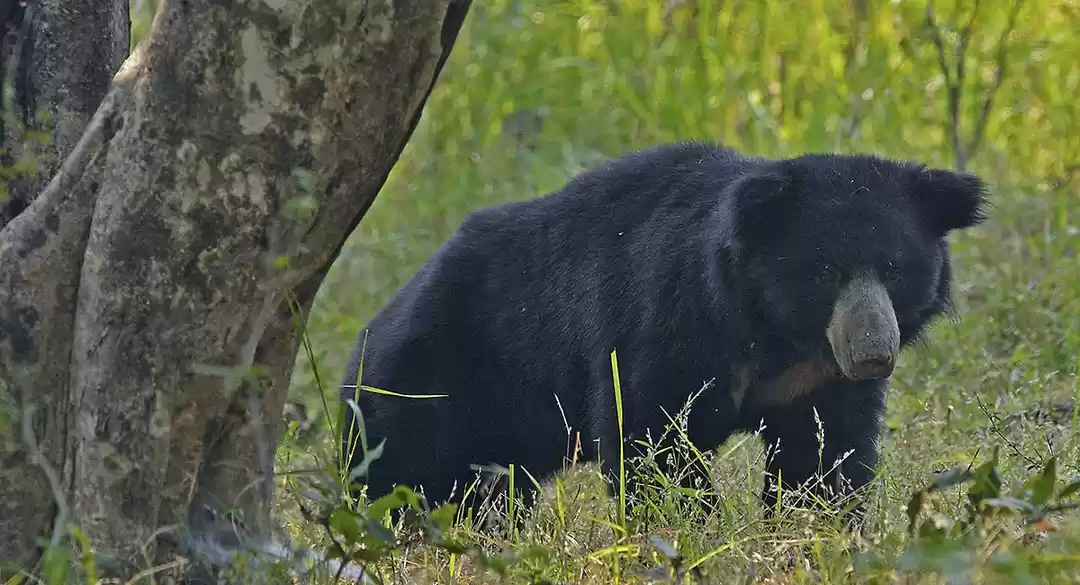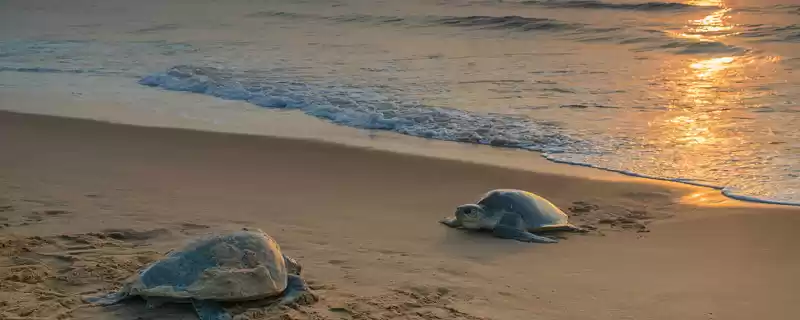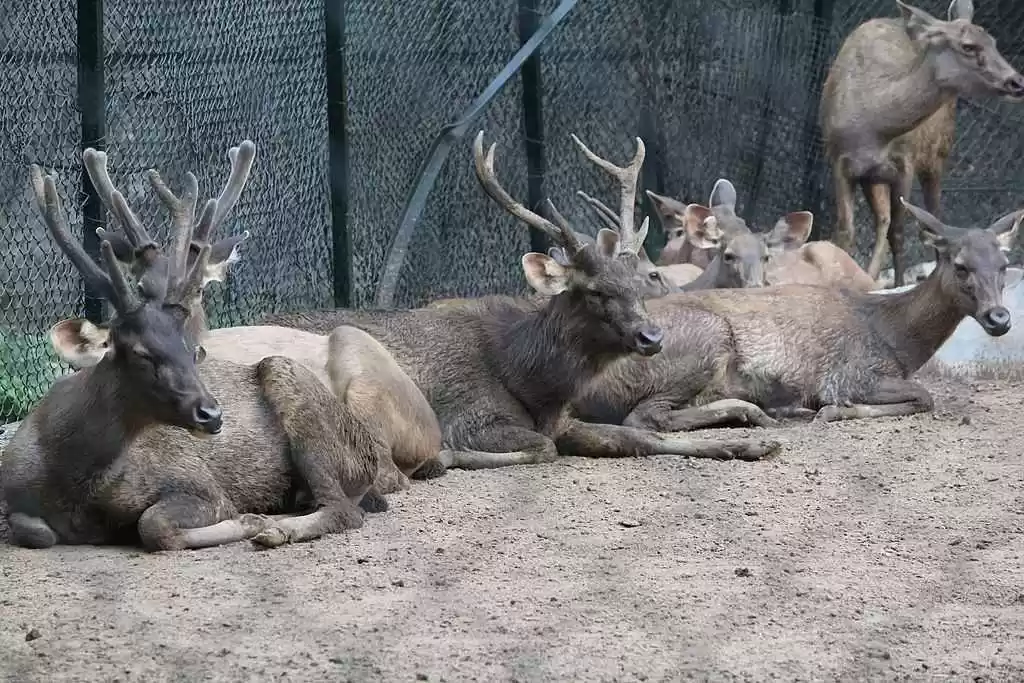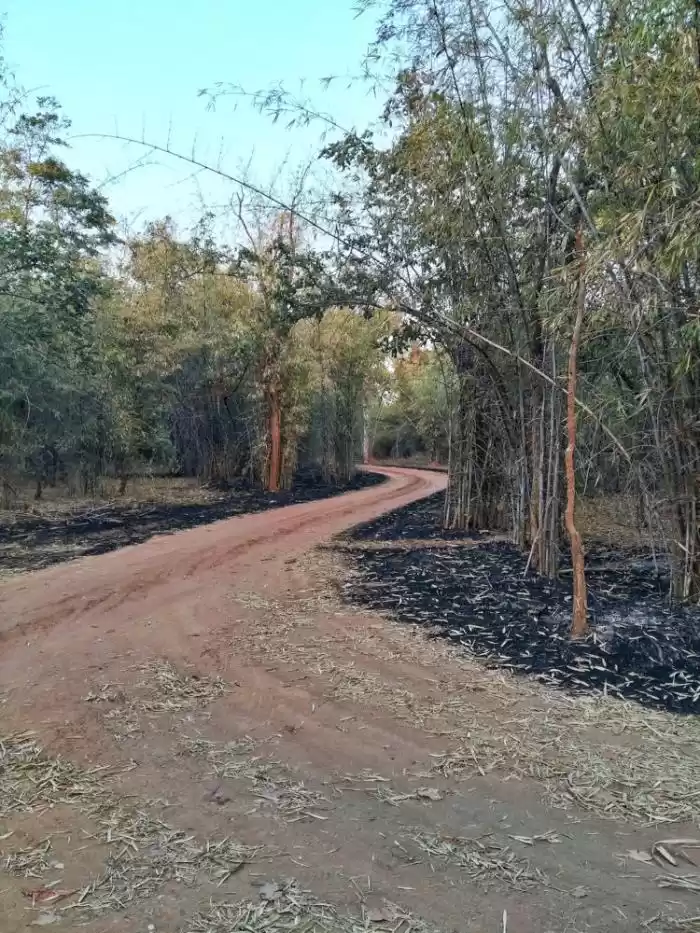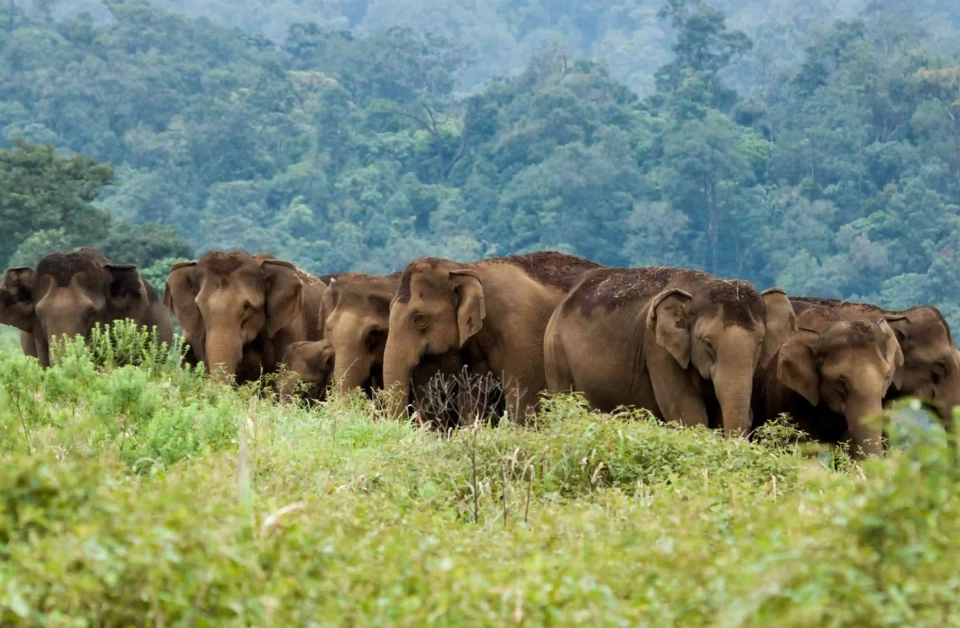
During the monsoon season in India, many of us wake up contemplating the rainy day adventures that await us on our journey to work. Staying dry and avoiding getting drenched becomes a top priority to conquer this challenge. Regardless of what one may think, there is an undeniable magic in the Indian rains, or perhaps it's the food that adds to the overall experience!
Personally, I find joy in romanticizing a rainy day. Lost in thought, I find myself captivated by the gentle descent of raindrops on my cab's window. However, this blissful moment is often abruptly interrupted by the never-ending chorus of horns from desperate commuters caught in traffic.
To break free from the monotony of this mundane life and preserve the surreal moments of a rainy day, have you ever considered embarking on a safari adventure in India during the rainy season?
Let's explore 10 monsoon safaris in India:
1. Bandhavgarh National Park, Madhya Pradesh
Bandhavgarh National Park is a place where you can find centuries-old sandstone caves to local legends and a lot of history. The national park is green during the rainy season with dense foliage.
You may not spot all but the national park is a home to nearly 37 species of mammals and 250 species of birds. Chances are you won't miss spotting the sambar deer, leopards, sloth bears, jackals and wild dogs, along with aviators like the pond heron, sarus crane, Asian green bee-eater and others.
What to do: You can choose between morning and afternoon safaris.
2. Mudumalai Tiger Reserve, Tamil Nadu
Mudumalai Tiger Reserve is South India’s first wildlife sanctuary. Established in 1940, this area has the highest number of Asian elephants in the world! During the safari check out flame of the forest and Singapore cherry, which also lure a host of birds to perch in their shade.
Trek through the sanctuary and watch the mammals being fed and bathed in the wild, look out for guars, sambhars, dholes, the striped hyena, golden jackal and sloth bear.
What to do: You can stay inside the wildlife reserve or book a day safari.
3. Valley of Flowers, Uttarakhand
A UNESCO World Heritage Site, Valley of Flowers National Park spans into 87 sqkm in the Chamoli district. The national park opens in June as monsoon begins and it is transformed into a magical carpet of more than 600 species of exotic flowers!
The bed of flowers is mesmerising, ranging from orchids, poppies and primulas, marigold, daisies and anemones. Go on walks and discover waterfalls that cascade down the slope.
What to do: The park shuts in the evening, and tourists are advised to head back to the nearest village of Ghangaria by 5pm.
Duration: 4 hours; Entry fee: Rs. 150 per person.
4. Daroji Sloth Bear Sanctuary, Karnataka
The first ever sloth bear sanctuary in India, Daroji Sloth Bear Sanctuary is declared for the protection and conservation of the Sloth Bear located near Hampi in Karnataka. Witness sloth bears, leopards, wild boars, jackals and hyenas in the midst of a l82.7 sq km lush green forest.
The monsoons bring out the dancing peacocks, yellow-throated bulbul, painted spurfowl and peafowl. The fun part is that the resident sloth bears are nocturnal creatures. Pay them a visit between 4-6 pm with safaris, guided tours or from a machan.
What to do: Wear dark colours to camouflage in nature, avoiding white or light coloured clothing in the evening.
Duration: 2 hours, Entry fee: Rs. 50 per person, Rs. 500 per four-wheeler.
5. Hemis National Park, Ladakh
Hemis National Park is located in Leh Ladakh situated at an altitude of 3300 m to 6000 m above sea level and home to 200 snow leopards. Amongst one of the largest national parks in the world, it sits just outside Leh.
Ladakh doesn't get a lot of rainfall but monsoon is the best time to visit Hemis. You can also spot the great Tibetan sheep, blue sheep, Ladakhi urials the big cats feast on, red foxes, Tibetan wolves, Eurasian brown bears, mountain weasels, Himalayan marmots and mouse hare.
What to do: It usually takes around two days for the trek and you can camp in one of the six village communities.
Duration: 4-5 hours, Permit fee: Rs. 1,500.
6. Periyar National Park, Kerala
Periyar National Park is located on the banks of Periyar Lake, known for its elephant population that loves its lakeside location. A four-hour drive from Kochi, the park truly comes alive during the monsoon season.
You will be overjoyed when you spot the herds of elephants huddled together, the many species of monkeys swinging from the trees or the bloom of orchids sprouting wild everywhere. Keep your eyes peeled for barking deer, sambar, cormorant, kingfisher, the great Malabar hornbill and racket-tailed drongos.
What to do: Take a jeep safari or an early morning boat ride on the lake and spot herds of elephants socialising.
Duration: 2 hours, Safari price: Rs. 2,500 per person in a jeep.
7. Bandipur National Park, Karnataka
A four drive from Bengaluru lies the perfect monsoon getaway, Bandipur National Park. The monsoon season is the time to witness elephants who come out to play in the rain, whilst the tiger remains elusive.
You can spot the wild boar and bison and the resident peacocks during the pouring rains.
What to do: Wait for the dancing peacocks during the rains!
Duration: 2 hours, Safari price: Rs. 4,000 per jeep.
8. Kali Tiger Reserve, Karnataka
Kali Tiger Reserve is a three hours drive through the teak forests towards the east of Goa is a home to tigers, spotted and black panthers, Indian bison, king cobra, elephants, barking deer innumerable species of avifauna.
If you love butterflies you can discover more than 4,500 butterflies that live in the forest. The forest comes alive during the monsoon season making it a special place to visit.
What to do: Take a safari through the several lakes, watering holes and for pictures observe nature from the many viewpoints.
Duration: 2 hours, Safari Fee: Rs. 450 per person.
9. Ranthambore National Park, Rajasthan
Located in Sawai Madhopur district in Rajasthan, the Ranthambore National Park is partially open during the monsoon season. Offering dense trees along with dry shrubs tiger sightings are not uncommon during this season.
Along with the tiger you can spot other jungle cats such as the leopard, desert cat, jackals, nilgai and others.
What to do: The monsoon travel experience at the national park should not be missed with its enthralling scenery and wildlife.
Duration: 3 hours, Safari price: Rs. 1,250 per passenger in a jeep.
10. Nagarhole Tiger Reserve, Karnataka
Nagarhole Tiger Reserve is located 90 kms from Mysuru and it has the highest number of Asian elephants. With over 300 species of wildlife and flora including tigers, leopards, palm civets, flying squirrels and common otters, this place is a nature lovers heaven.
Get a ticket an hour before the safari since you cannot book in advance.
What to do: Head to backwaters along the Kabini river if you love elephants
Duration: 2 hours, Entry fee: Rs. 250 per person.
So are you planning to enjoy this monsoon and take on some wildlife safaris in India? Let us know in the comments below if you have already been on one, and which is on your bucket list! India is blessed with some beautiful wildlife safaris and this season make sure to plan a trip to experience the magic of nature!
For more such travel updates follow me on my Instagram @curlytravelmess.
Think we missed out on something? Tell us about it in the comments below. Or write about it here on Tripoto and earn Tripoto Credits!





